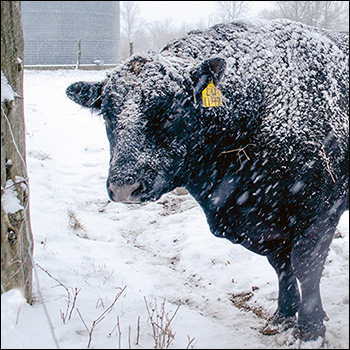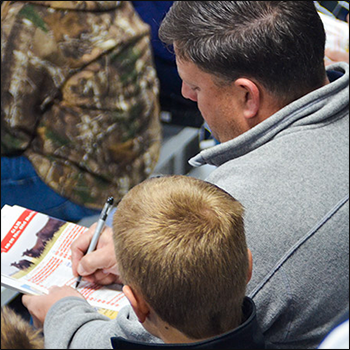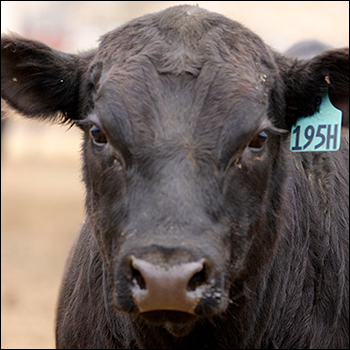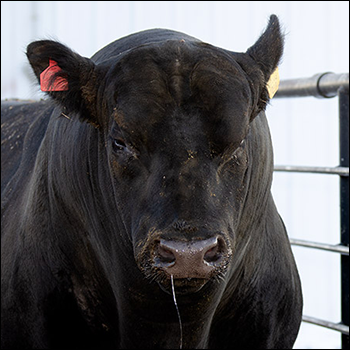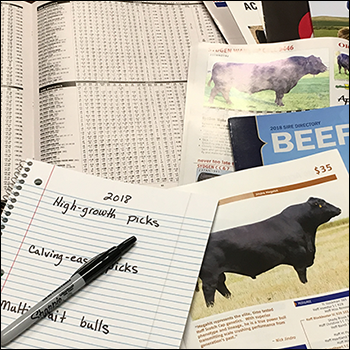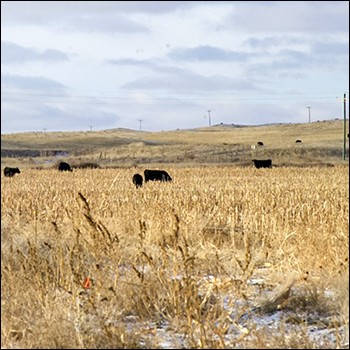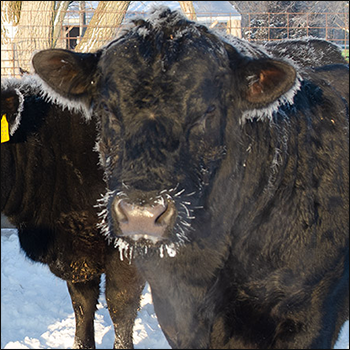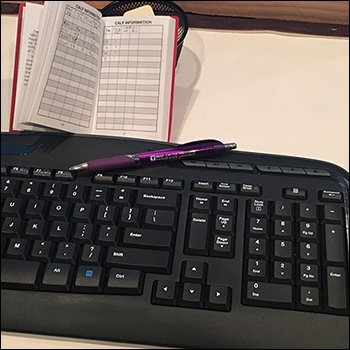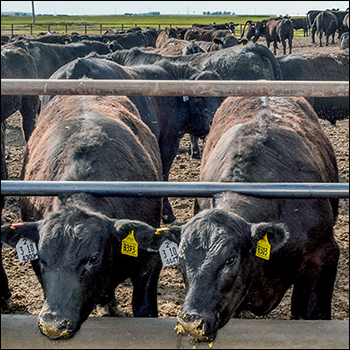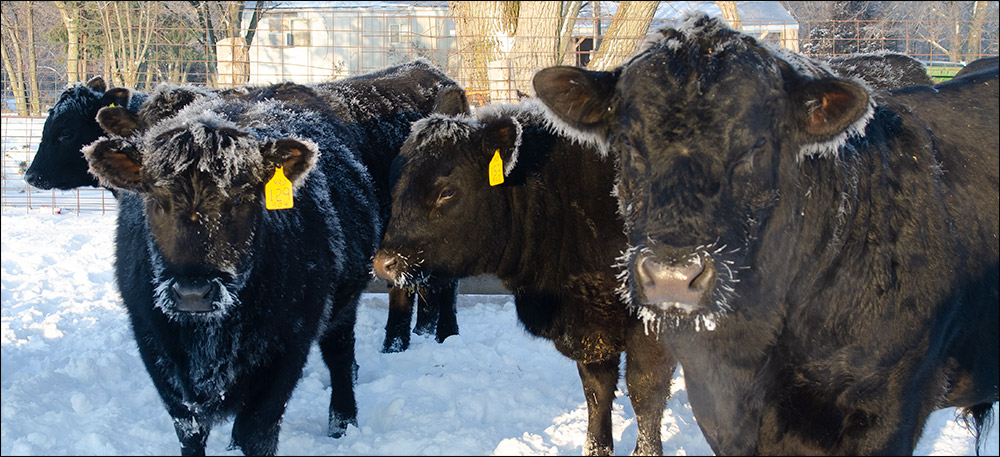
Winter Health Hacks
Winter cattle management for optimum herd health.
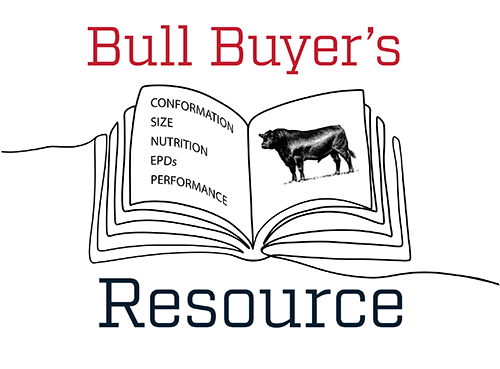
Cattle health is influenced by many factors, including nutrition, environment, stress, exposure to pathogens, etc. Going into winter, which in many regions necessitates more feed to generate body heat and alleviate effects of cold stress, cattle need to be in good body condition and have adequate forage.
Shannon Williams, Lemhi County Extension educator, Salmon, Idaho, suggests nutritional analyses of hay as producers are putting it up, or before they start feeding. Then they’ll know whether certain nutrient levels are adequate or whether they need to use supplements. This can also help when making decisions regarding which hay or stacks will be fed to which cattle — weaned calves, yearling heifers, young cows or bulls, she says. Different classes of cattle have different needs.
“Some of your best hay may be the most accessible, but you may want to save it for first-calf heifers after calving. Depending on how you stack it, sometimes your best hay is the last hay you put in the stackyard and easiest to get to. You don’t want to feed up your best hay first and then realize you needed it later,” says Williams.
If you are feeding grain hay like oats or barley, test nitrate levels to know whether to mix it with other hay, or which animals you can safely feed it to, she recommends.
Adequate feed for winter is important, and so is water. However, to avoid breaking ice, a better water system might be beneficial, so you have adequate water in each pen or pasture.
Disease prevention is especially important in winter.
“In a wet winter, have a plan for where to move pairs to clean ground after calving, or where you’ll put pregnant cows, if doing the Sandhills method,” she says.
Regarding vaccination, consult with your vet and make sure your vaccination program is up to date. Plan for timing of vaccination if you use scour vaccines ahead of calving, Williams says.
You may also want to test your cattle for bovine viral diarrhea (BVD), especially if your herd is with other cattle on summer pasture, have fenceline contact with other cattle, or if you brought in any new cattle.
“You still need to think about biosecurity (in winter), especially if you share hired help with another ranch, or have extra people coming in to help feed, or during calving,” she says.
People may inadvertently bring pathogens from one ranch to another.
“It also helps if the other people involved in your operation know what your management plans are. We’ve all had situations where unexpected things happen, and if you are not there to direct the operation, who will know what needs to be done? Most people are good at feeding cows, but will they be feeding the right hay to the right group? If someone else is doing it for you for a couple days and does it wrong, it’s not drastic, but if you are gone for a month or so, it could make a huge difference,” says Williams.
If bulls are being fed, they need to be fed adequately.
“They are bigger than cows and need more feed. Some may need to catch up in body condition before the next breeding season,” she says.
The main things that are important for winter herd health are to test the available feeds, have a good nutrition plan, and work with your vet on herd health. A hay analysis costs only $25-$50, depending on what you test for. If hay is high in nitrates, the loss of one cow or an abortion would pay for a lot of hay testing, she assures.
If you are buying hay, ask for a nutritional analysis and check nitrate levels. If the seller doesn’t have the hay tested, volunteer to pay for a test. If that feed doesn’t match your needs, it’s not what you want. If you end up buying hay that’s borderline or deficient, you need to know so you can supplement it, either with protein, vitamins or minerals.
Editor’s note: Heather Smith Thomas is a cattlewoman and freelance writer from Salmon, Idaho. Photo by Shauna Hermel.

Angus Proud
In this Angus Proud series, Editorial Intern Jessica Wesson provides insights into how producers across the country use Angus genetics in their respective environments.
 Angus Proud: Bubba Crosby
Angus Proud: Bubba Crosby
Fall-calving Georgia herd uses quality and co-ops to market calves.
 Angus Proud: Jim Moore
Angus Proud: Jim Moore
Arkansas operation retains ownership through feeding and values carcass data.
 Angus Proud: Les Shaw
Angus Proud: Les Shaw
South Dakota operation manages winter with preparation and bull selection.
 Angus Proud: Jeremy Stevens
Angus Proud: Jeremy Stevens
Nebraska operation is self-sufficient for feedstuffs despite sandy soil.

